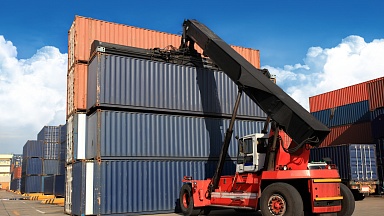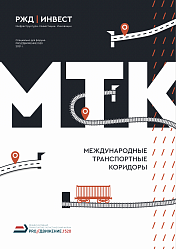In the context of types of large transport, the sanctions have hit air and road traffic. Railway and maritime transport are less affected; however, significant changes in the natural resources market: fluctuations in the ruble exchange rate, the withdrawal of large Western carriers, and problems with insurance — have had a significant impact on the cost of transport. While maintaining the structure of the turnover of Russia’s foreign trade, there is a significant change in its geography. Products from Western countries are gradually being replaced by goods from Asia. Thus, there is a high growth in the import of pharmaceutical products and pharmaceutical raw materials from India and China, which are major global manufacturers and exporters of products. Significant changes are being observed in the automotive components market: amid the curtailment of original spare parts being sold in Russia, the law on parallel imports opens up new opportunities for products from Turkey, Southern Europe, the United Arab Emirates, and Vietnam.
Complex routes for the delivery of goods through third countries expand transport diversity, delivery times, and the cost of the corresponding logistics services and transaction resources in general. This significant increase in the transport and logistics component of export and import costs must be leveled by all available means — both at the level of economic agents and on the scale of the country’s economy. In this regard, the integrated optimization of logistics in the Greater Eurasian space has gained new relevance.
Support for the reorientation of export-import flows is provided by the reduction of economic ties with Europe and the state’s ‘pivot to the East’ development policy. The need to diversify corridors has led to an increase in investment in infrastructure projects related to increasing transport links with China, as well as with India (North-South). According to the plan of the Ministry of Transport of the Russian Federation, the total volume of foreign investments in the border rail infrastructure of Kazakhstan, Mongolia and China could reach up to 30.8 billion US dollars by 2030.





